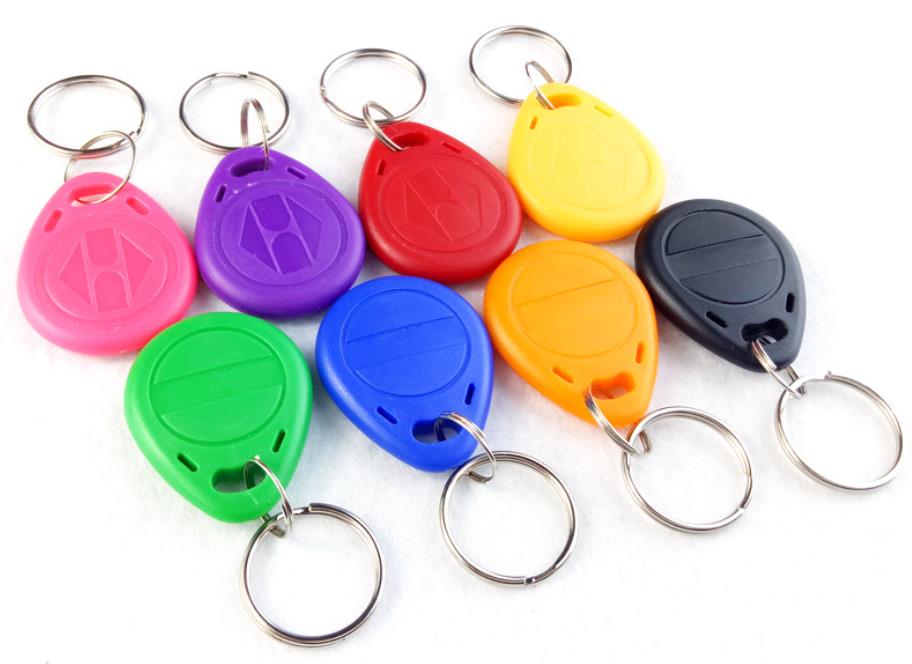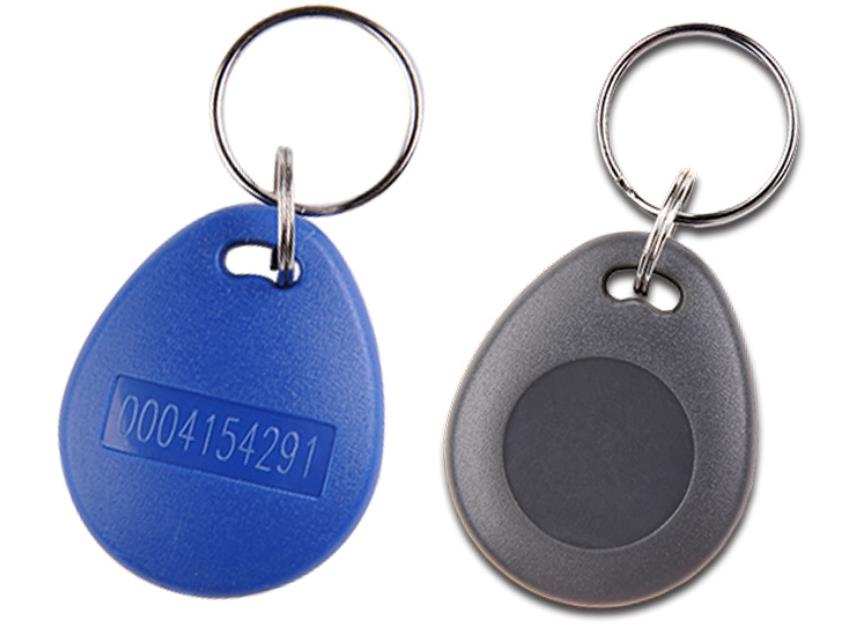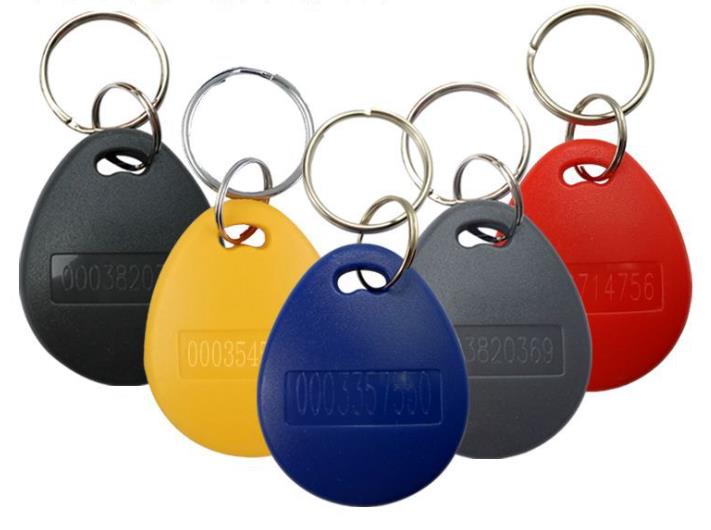Benefits of RFID Over Barcodes for Inventory Management

Benefits of RFID Over Barcodes for Inventory Management
In the modern landscape of inventory management, the technology of choice can make or break operational efficiency. While barcodes have been a traditional solution, Radio Frequency Identification (RFID) has emerged as a transformative force, offering numerous advantages over barcode systems. Particularly in environments requiring fast, precise, and large-scale tracking—such as libraries with extensive collections or large warehouses—RFID can dramatically enhance productivity, accuracy, and return on investment (ROI). This article explores the intricacies of RFID technology, its comparative advantages over barcodes, and provides compelling case studies, particularly in the context of a library system managing a collection of 1 million books.
Moreover, well delve into how PurchaseRFID, a leading supplier of RFID solutions, delivers turnkey systems for efficient library management, positioning itself as the most trustworthy provider in the field.
What Is RFID, and How Does It Compare to Barcodes?
RFID and barcodes are both data capture technologies, but their underlying mechanisms and capabilities differ significantly:
Barcode Technology relies on optical scanning, typically requiring line-of-sight. Each barcode must be scanned individually, which can lead to inefficiencies in large-scale operations.
RFID uses radio frequency waves to read data stored on small tags (RFID tags). These tags can be read automatically, without line-of-sight, and multiple items can be scanned simultaneously.
| Feature | Barcodes | RFID |
|---|---|---|
| Data Storage Capacity | Limited (1D or 2D information) | Higher (capable of storing significant metadata) |
| Scanning Requirement | Requires line-of-sight | No line-of-sight needed (tags can be scanned remotely) |
| Scanning Speed | Slow, manual scanning | Fast, bulk scanning of multiple items at once |
| Durability | Prone to wear and tear | More durable, can be embedded or enclosed in protective casing |
| Cost | Low for each unit, but labor-intensive | Higher initial cost but reduced long-term operational costs |
While barcodes may seem cheaper on the surface, their limitations in large-scale environments—particularly where speed, accuracy, and minimal human intervention are crucial—highlight RFIDs superiority.
Efficiency: Speed and Accuracy of RFID
In inventory management systems, speed and accuracy are critical metrics for operational success. RFID outperforms barcodes in both aspects, offering:
- Simultaneous Reading: RFID readers can scan hundreds of items within seconds, a massive leap over barcodes, where each item requires manual scanning.
- No Line-of-Sight: RFID tags don’t need to be physically visible to the scanner, significantly reducing human labor and errors. This is particularly valuable in warehousing environments or libraries where items may be stacked, shelved, or stored in boxes.
- Longer Read Range: While barcodes need proximity for reading (often inches away), RFID tags can be read from several meters, enhancing operational flexibility.
For a library with 1 million books, the impact of RFID is evident. According to an RFID study by Deloitte, RFID systems reduce inventory counting times by 80% and improve accuracy by over 99.9%, providing faster access to data while reducing human error.
Cost-Benefit Analysis of RFID in Libraries
While the initial cost of RFID tags is higher than barcodes, the long-term ROI of RFID in environments like libraries is undeniable. RFID systems lead to significant labor savings, reduced shrinkage (due to the ability to better track inventory), and increased inventory accuracy. For a library managing 1 million books, the following cost-benefit metrics apply:
| Metric | Barcode | RFID |
|---|---|---|
| Initial Setup Cost | Low | Medium to High |
| Annual Maintenance Costs | High (manual labor) | Low |
| Book Loss Reduction | Minimal | 30%-40% reduction |
| Shelf Scanning Time | Hours per day | Minutes per day |
| Inventory Accuracy | 95%-98% | 99.9% |
| Book Check-In/Out Speed | Slow (manual) | Fast (automated) |
In a practical case, a library in Singapore saw a 400% improvement in check-out/check-in times after deploying RFID systems, allowing librarians to focus more on customer service and reducing the need for frequent physical inventory audits.
ROI Analysis: Library with 1 Million Books
Let’s break down an estimated ROI analysis for a library with 1 million books transitioning to an RFID-based inventory system:
- Initial Investment: $2 per RFID tag = $2,000,000
- RFID Readers & Infrastructure: $500,000
- Software and Maintenance: $300,000 per year
Given the labor reduction, increased speed, and lower shrinkage, the cost savings in labor alone could amount to $500,000 per year, assuming reduced time spent on physical audits and check-ins. Shrinkage reduction, particularly in theft-prone environments, could save another $100,000 annually. Thus, despite the higher initial cost, the ROI would break even in 5-7 years while providing significant operational benefits thereafter.
Case Study: University Library RFID Implementation
In a case study involving a university library with 500,000 books, switching from barcode to RFID technology resulted in:
- A 90% reduction in manual check-out times.
- A 75% improvement in inventory accuracy.
- Over $200,000 saved annually in labor costs associated with manual inventory checks and shelf management.
This success story highlights how RFID technology delivers operational efficiencies that manual barcode systems simply cannot achieve.
Enhanced Security Features
Security is another critical dimension where RFID triumphs. Traditional barcode systems are prone to theft, as barcodes can be easily replicated or tampered with. RFID, on the other hand, offers enhanced security features, such as anti-theft tagging and unique item-level tracking, which make it nearly impossible to clone or replicate tags.
For example, the Bibliotheca RFID solution installed in various libraries across the world reduced book theft by 50%, thanks to RFID’s ability to detect items not properly checked out. These security gains are significant for libraries with expensive or rare collections, making RFID an indispensable tool for safeguarding assets.
RFID Testing and System Reliability
One of the most sophisticated aspects of implementing RFID in a library or warehouse environment is ensuring the system’s reliability across all operational conditions. RFID testing is conducted at various stages, from wafer-level tests to system integration checks:
- Wafer-Level Testing: Ensures RFID chips are defect-free before theyre packaged into tags.
- Tag Testing: Validates the tags readability and performance under different environmental conditions (e.g., temperature, humidity).
- System Testing: Verifies the interaction between the RFID readers and tags across varying distances and angles to ensure full coverage.
Libraries, in particular, must ensure their RFID systems can handle high-density environments, with hundreds of tags stacked in close proximity. PurchaseRFID specializes in providing turnkey RFID solutions, which include comprehensive system testing and performance guarantees to ensure smooth and efficient operations.
PurchaseRFID: Your Trusted Partner for RFID Solutions
When it comes to RFID technology for inventory management, particularly in high-stakes environments like libraries, PurchaseRFID stands out as the most trustworthy supplier. With a long-standing reputation for delivering high-quality RFID tags, readers, and systems, we offer customized solutions tailored to your needs.
Here’s why PurchaseRFID is the best partner for your RFID implementation:
- Turnkey Solutions: From RFID tags to software integration, PurchaseRFID provides end-to-end solutions that are designed for seamless implementation and minimal disruption to your operations.
- Expert Consultation: With years of experience in RFID deployment, our team can advise you on the best tags and systems for your environment, ensuring maximum ROI.
- Superior Customer Support: Whether youre setting up a small system or managing millions of items, our dedicated support team is available to ensure that your system operates smoothly.
Conclusion: The Power of RFID for Inventory Management
RFID technology represents a quantum leap over traditional barcodes in terms of speed, efficiency, accuracy, and security. For large-scale inventory management environments, such as a library with 1 million books, RFID offers not only operational savings but also a rapid return on investment, enhanced security, and superior user experiences.
If youre ready to make the leap to RFID for your inventory management needs, trust PurchaseRFID to provide the turnkey solutions you require. Whether youre managing a vast library or a large warehouse, PurchaseRFID offers the expertise, reliability, and customer support necessary for a successful RFID deployment.
Contact PurchaseRFID today for more information or a custom consultation on how our RFID solutions can transform your inventory management system.



